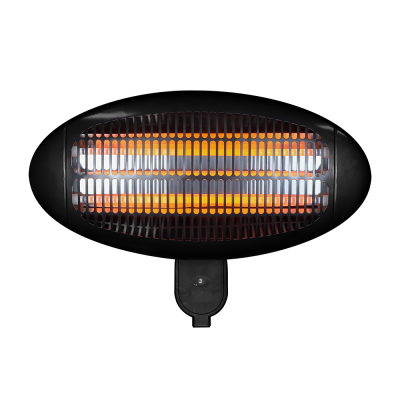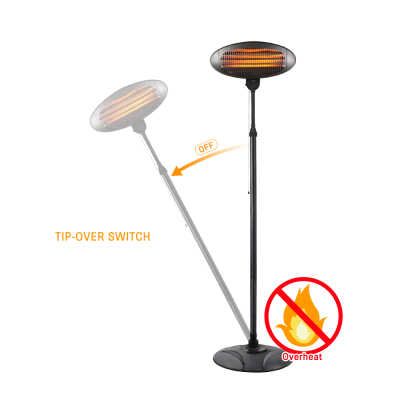Umbrella gas heaters usually come with: flameout protection, dumping protection, and hypoxia protection.
Flameout protection: After the heater is turned off for any reason, the thermal induction needle (ie thermocouple) will stop generating current (the current in the protection device is generated by thermal inductance without external power supply). Air line, so that the heater automatically shuts off. To ignite again, you need to reset the heater control switch and re-operate.
Dumping protection: When the heater is in normal operation, if it encounters vibration or tipping due to collision, the built-in dumping protection switch will respond immediately and cut off the power supply circuit of the solenoid valve. To ignite again, you need to reset the heater control switch and re-operate.
Hypoxia protection: Before the oxygen in the air drops to affect the normal breathing of the human body, the flame will escape from the heat-sensing needle, and the heat-sensing needle (ie, the thermocouple) will stop generating current. Turn off the heater automatically. To ignite again, you need to reset the heater control switch and re-operate.
The three types of protection are finally realized by the solenoid valve, and if any protection fails, the gas heater will not be able to work normally, so there is no situation that the gas heater can still be used and the protection device fails. If the gas heater is ignited and automatically extinguished after letting go, this fault is generally caused by the failure of the protection device, and the solution is generally to replace the thermal induction needle or solenoid valve.
Let’s talk about the introduction of gas heaters first. Do you all understand?







